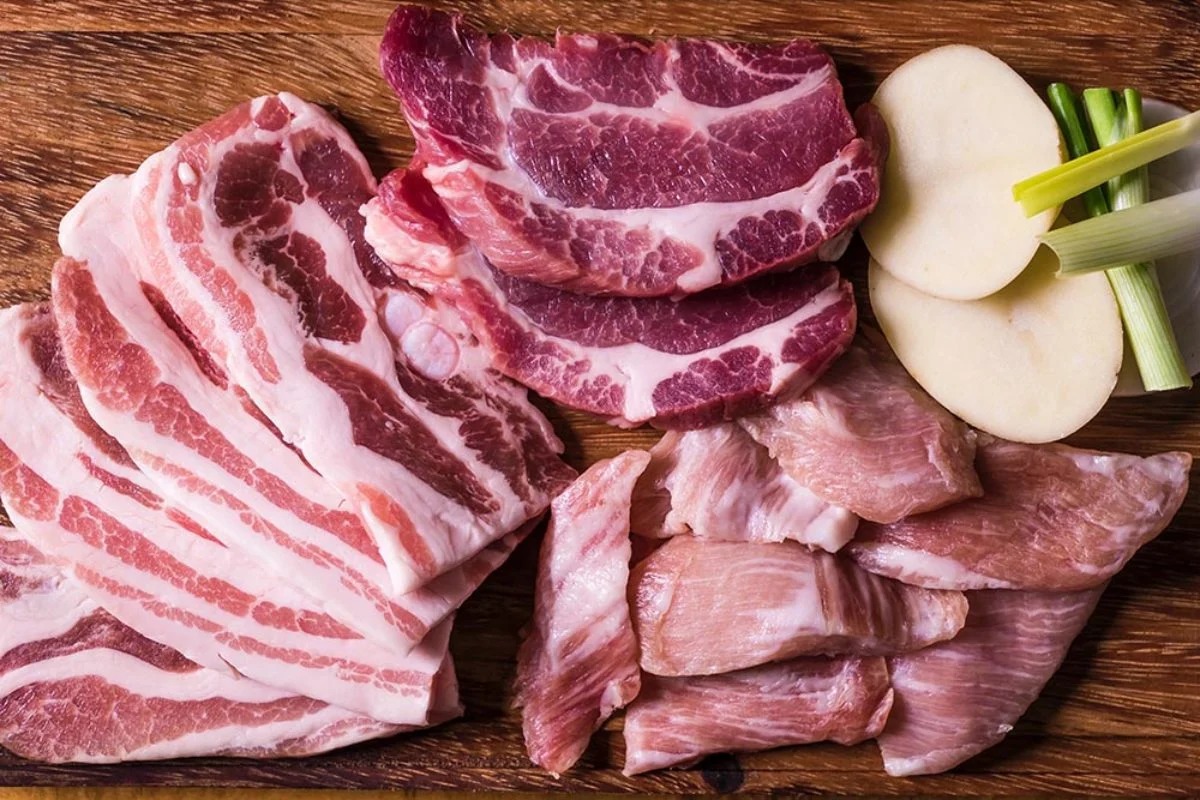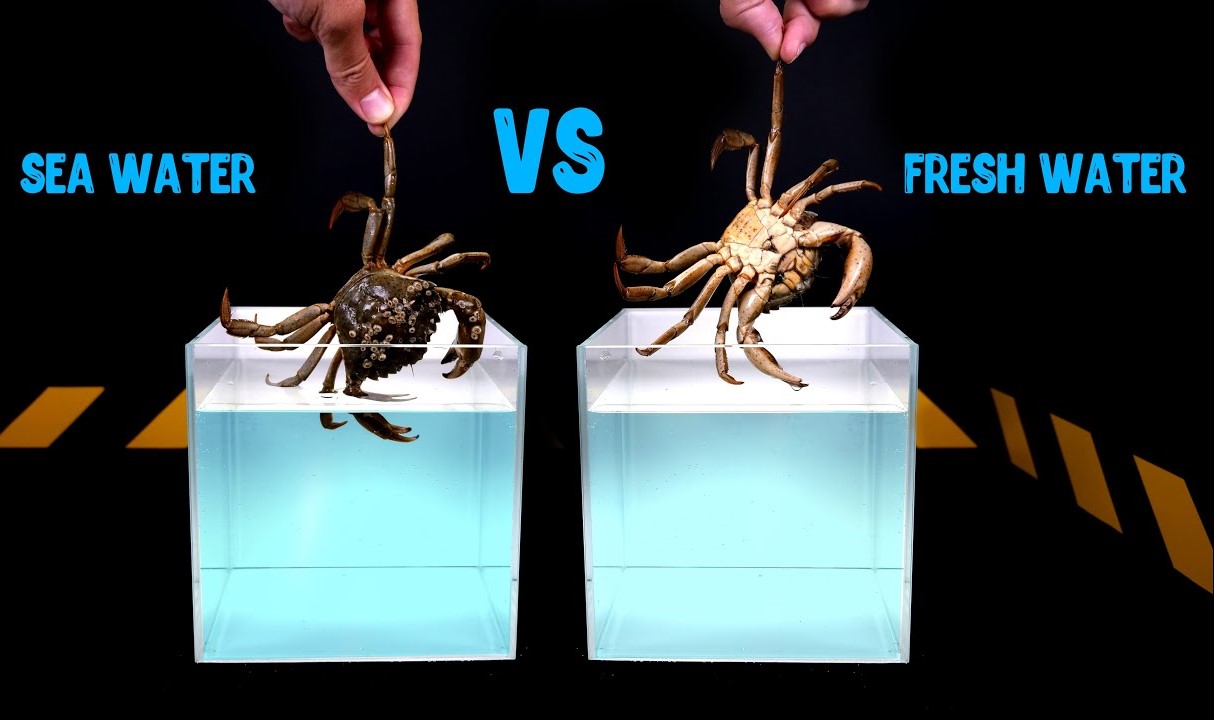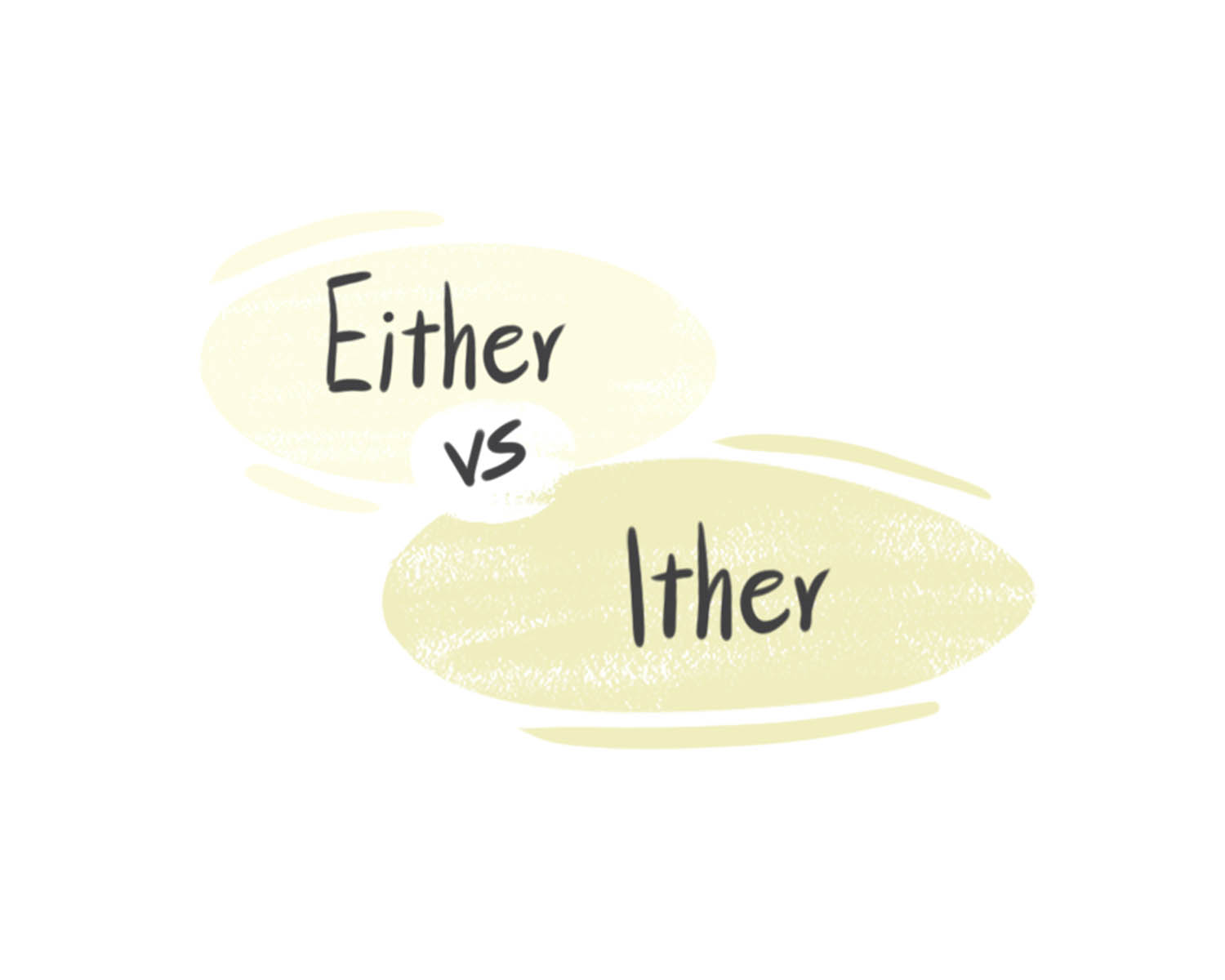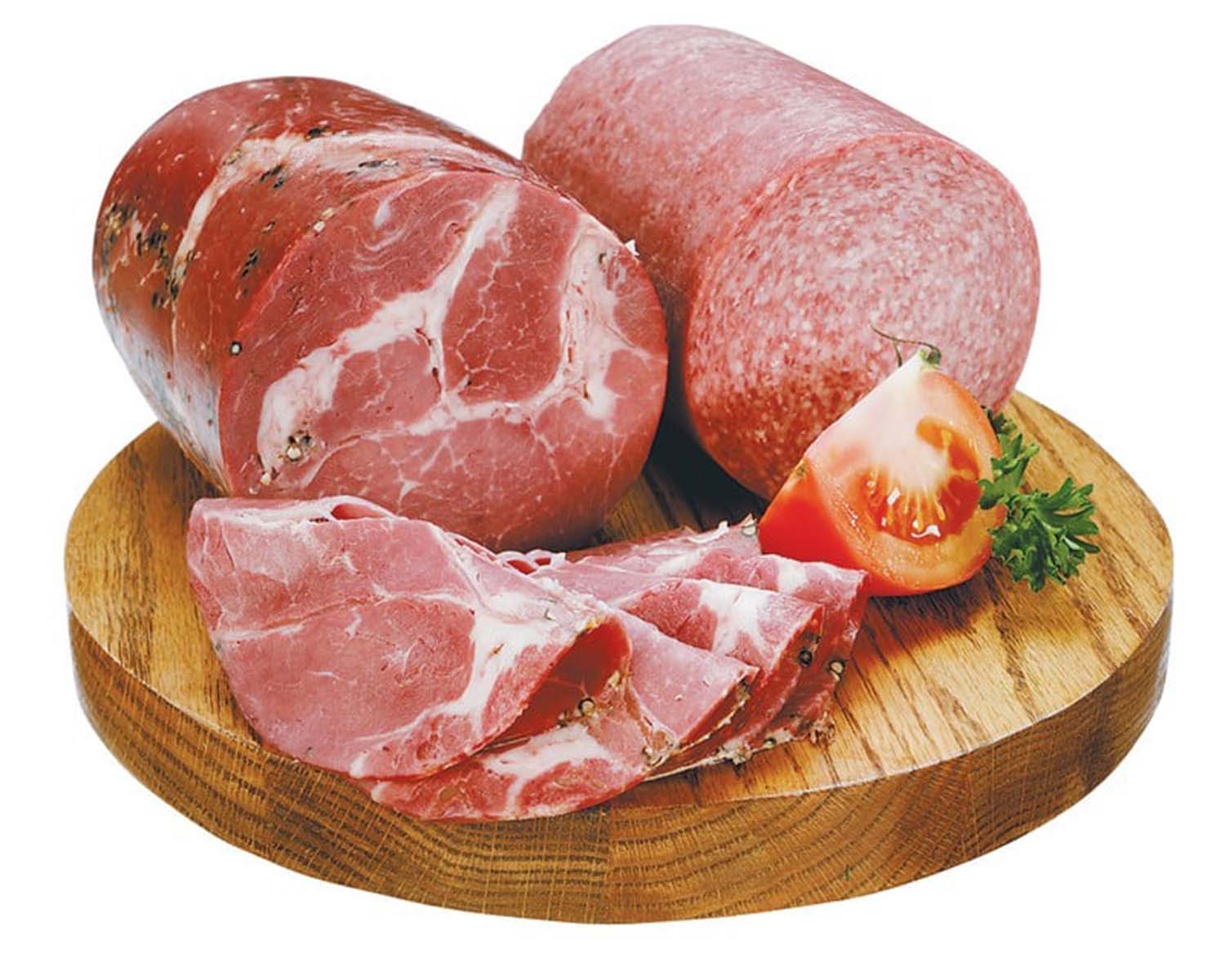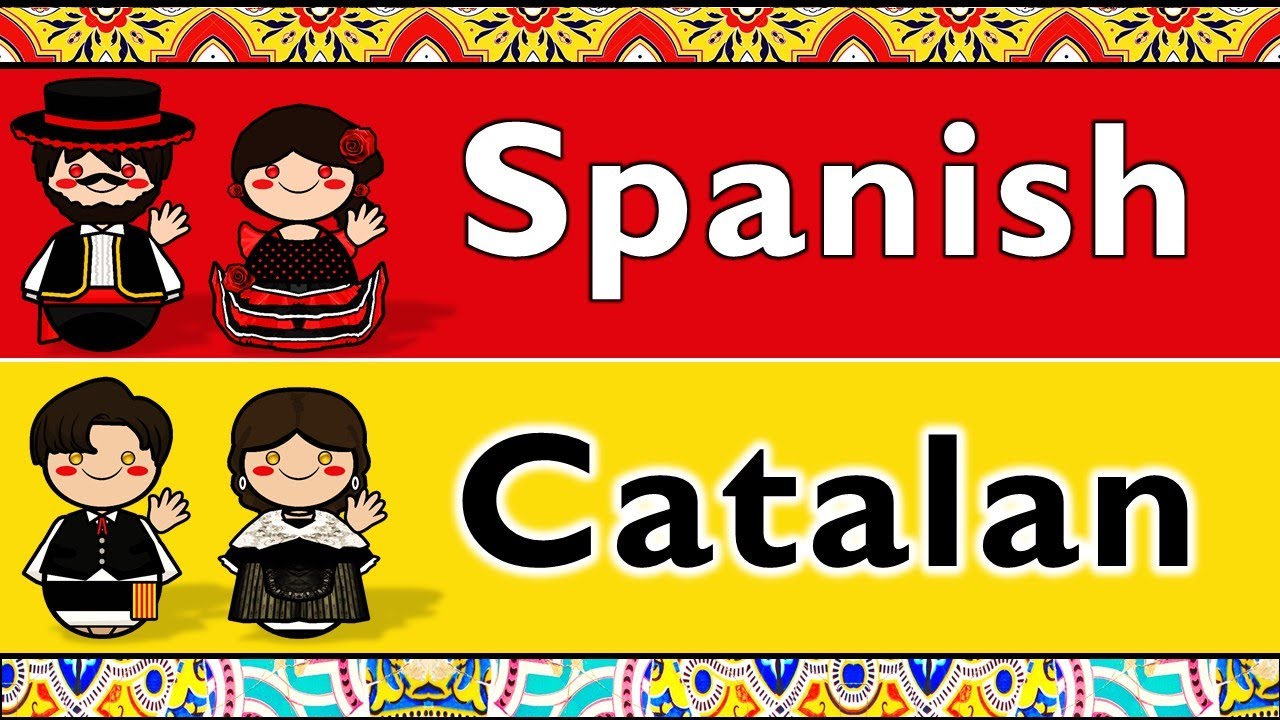Home>Health and Wellness>The Surprising Similarities And Differences Between Dry Needling And Acupuncture
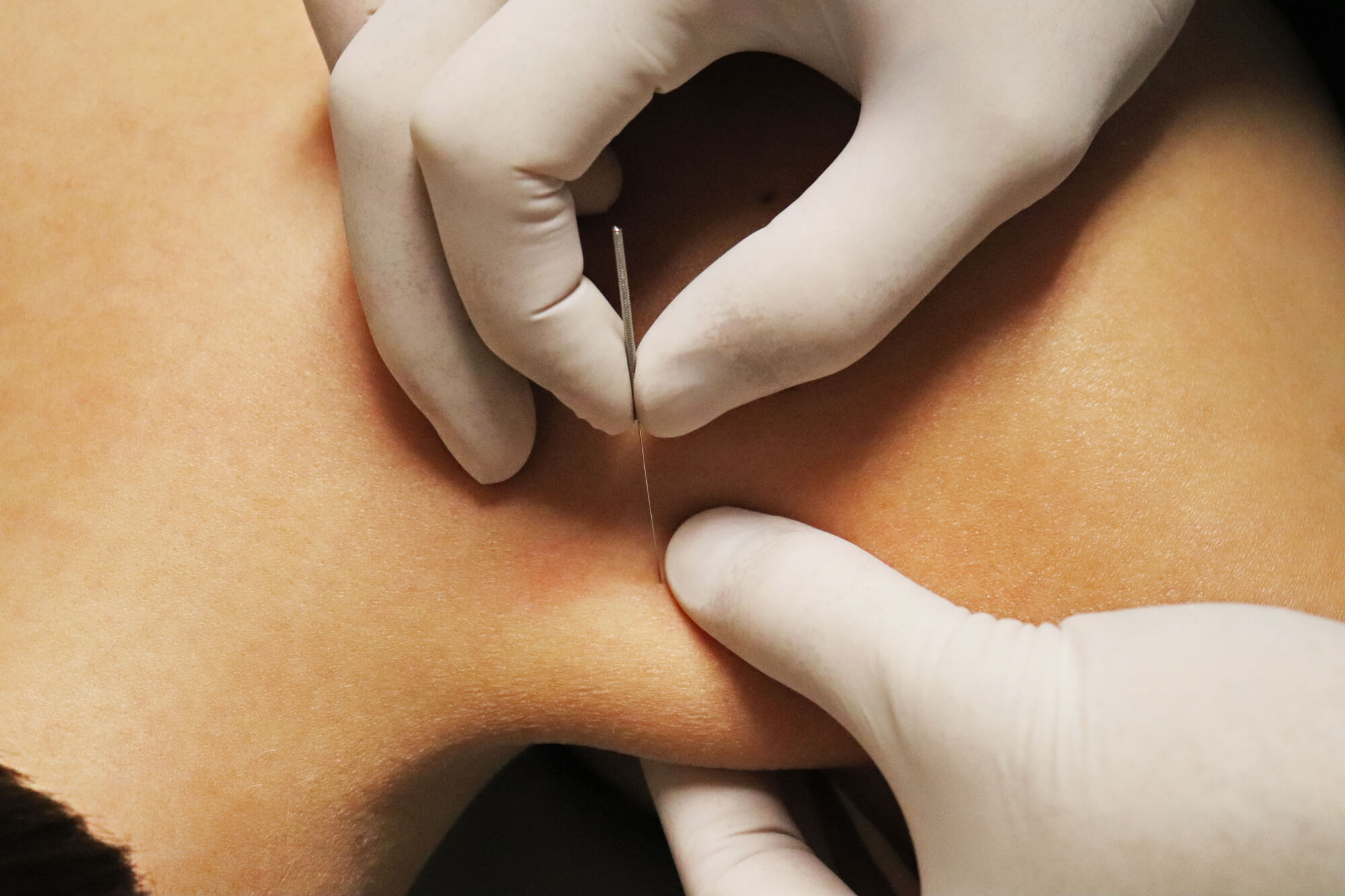

Health and Wellness
The Surprising Similarities And Differences Between Dry Needling And Acupuncture
Published: February 1, 2024
Discover the intriguing parallels and distinctions between dry needling and acupuncture for optimal health and wellness. Uncover the unique benefits of each practice.
(Many of the links in this article redirect to a specific reviewed product. Your purchase of these products through affiliate links helps to generate commission for Noodls.com, at no extra cost. Learn more)
Table of Contents
Introduction
In the realm of alternative medicine, two practices have been gaining attention for their potential to alleviate pain and promote overall well-being: dry needling and acupuncture. While both involve the use of thin needles inserted into the body, they differ significantly in their origins, techniques, and intended outcomes. Understanding the distinctions between these two modalities is essential for individuals seeking holistic approaches to manage pain and enhance their health.
As we delve into the intriguing world of dry needling and acupuncture, we will uncover their unique characteristics, similarities, and differences. By shedding light on these practices, we aim to provide valuable insights into their applications, effectiveness, and safety. Whether you are a newcomer to alternative therapies or someone curious about expanding your knowledge, this exploration will offer a comprehensive perspective on these fascinating modalities.
Join us on this enlightening journey as we unravel the surprising similarities and differences between dry needling and acupuncture, shedding light on their potential benefits and helping you make informed decisions about integrating these practices into your wellness routine.
What is Dry Needling?
Dry needling is a therapeutic technique used to alleviate musculoskeletal pain and improve movement impairments. Unlike acupuncture, which is deeply rooted in traditional Chinese medicine, dry needling has its foundations in modern Western medicine and neuroanatomy. This approach targets trigger points, which are hypersensitive areas within muscles that can contribute to pain and dysfunction.
During a dry needling session, a trained practitioner inserts thin needles into these trigger points, aiming to stimulate a response that reduces pain and enhances mobility. The term "dry" needling distinguishes this technique from "wet" needling, which involves injecting substances such as saline or anesthetics into the body.
The primary objective of dry needling is to release tension in muscles and improve blood flow to affected areas, ultimately promoting the body's natural healing processes. By targeting specific trigger points, practitioners seek to address underlying musculoskeletal issues and provide relief from chronic pain conditions.
It's important to note that dry needling is not based on the principles of energy meridians or traditional Chinese medicine. Instead, it draws upon contemporary understanding of neuromuscular anatomy and pain mechanisms. As a result, the application of dry needling is often integrated into physical therapy or chiropractic care, complementing other rehabilitative interventions aimed at restoring optimal function and reducing discomfort.
Overall, dry needling offers a distinct approach to addressing musculoskeletal pain and dysfunction, leveraging the precision of needle placement to target specific areas of tension and discomfort within the body's musculature. This technique continues to garner attention for its potential to provide relief for individuals grappling with a wide range of musculoskeletal issues, making it a valuable option within the spectrum of holistic healthcare modalities.
What is Acupuncture?
Acupuncture is an ancient healing practice that originated in China over 2,500 years ago and has since gained global recognition for its potential to address various health concerns. This traditional Chinese medicine technique is based on the concept of vital energy, known as Qi (pronounced "chee"), flowing through meridians or pathways in the body. According to traditional Chinese medicine principles, disruptions or imbalances in the flow of Qi can lead to pain, illness, or other health issues.
During an acupuncture session, a skilled practitioner strategically inserts thin needles into specific points along the body's meridians, aiming to restore the harmonious flow of Qi and promote overall well-being. These acupuncture points are believed to correspond to different organs and bodily functions, and by stimulating them, practitioners seek to address a wide range of physical, mental, and emotional imbalances.
Acupuncture is often sought after for its potential to alleviate various conditions, including chronic pain, stress, anxiety, digestive issues, and sleep disturbances. Many individuals also turn to acupuncture as a complementary approach to managing symptoms associated with chronic illnesses and supporting their overall health and vitality.
In addition to traditional acupuncture, modern variations have emerged, including electroacupuncture, which involves applying a gentle electrical current to the inserted needles to enhance the therapeutic effects. Another approach, auricular acupuncture, focuses on stimulating specific points on the ear to address various health concerns.
The practice of acupuncture is deeply rooted in holistic principles, emphasizing the interconnectedness of the body, mind, and spirit. By addressing imbalances in the body's energy flow, acupuncture aims to promote self-healing and restore equilibrium, offering a comprehensive approach to enhancing overall health and well-being.
As acupuncture continues to gain recognition in Western societies, research into its mechanisms and effectiveness has expanded, further validating its potential benefits. Many individuals find acupuncture to be a valuable component of their wellness routines, appreciating its gentle yet profound impact on their physical, emotional, and mental health.
In essence, acupuncture stands as a time-honored practice that transcends cultural boundaries, offering a holistic approach to health and wellness that resonates with individuals seeking natural and integrative solutions for their well-being.
Similarities between Dry Needling and Acupuncture
While dry needling and acupuncture differ significantly in their historical origins, underlying philosophies, and primary objectives, they share several intriguing similarities that underscore their potential to promote holistic well-being and alleviate discomfort. These commonalities offer valuable insights into the therapeutic effects of both practices, highlighting their respective contributions to the realm of alternative medicine.
Targeting Musculoskeletal Tension
One notable similarity between dry needling and acupuncture lies in their capacity to address musculoskeletal tension and pain. Both modalities involve the strategic insertion of thin needles into specific points on the body, aiming to stimulate physiological responses that reduce discomfort and promote relaxation. Whether targeting trigger points in the case of dry needling or specific meridians in acupuncture, these techniques harness the potential of needle-based therapy to address muscular tension and enhance the body's natural healing processes.
Promoting Circulation and Healing
Another shared aspect between dry needling and acupuncture is their focus on promoting circulation and facilitating the body's innate healing mechanisms. By targeting localized areas of tension and discomfort, both practices seek to improve blood flow, release muscle tightness, and enhance the delivery of oxygen and nutrients to affected tissues. This shared emphasis on optimizing physiological processes underscores the potential of both modalities to support the body's capacity to heal and recover from various musculoskeletal challenges.
Holistic Approach to Wellness
Furthermore, both dry needling and acupuncture embody a holistic approach to wellness, recognizing the interconnectedness of physical, emotional, and mental aspects of health. While dry needling primarily addresses musculoskeletal issues, it acknowledges the impact of physical discomfort on overall well-being. Similarly, acupuncture's traditional principles encompass a comprehensive understanding of health, emphasizing the intricate interplay between the body's energy flow and an individual's holistic state of being. This shared emphasis on holistic wellness underscores the potential of both modalities to contribute to a more balanced and harmonious state of health.
Integrative Role in Healthcare
Moreover, both dry needling and acupuncture have found their place within integrative healthcare settings, complementing conventional medical approaches with alternative therapeutic modalities. As individuals seek comprehensive solutions to manage pain and enhance their well-being, these practices have been integrated into diverse healthcare contexts, offering a complementary approach to addressing a wide range of health concerns. Their integrative role underscores the potential synergy between conventional and alternative modalities, providing individuals with diverse options to support their health and vitality.
In essence, the similarities between dry needling and acupuncture illuminate their shared capacity to address musculoskeletal tension, promote circulation and healing, embrace a holistic approach to wellness, and integrate into comprehensive healthcare paradigms. These commonalities underscore the multifaceted contributions of both practices to the diverse landscape of holistic health and well-being, offering individuals valuable options to support their journey toward optimal physical and emotional wellness.
Differences between Dry Needling and Acupuncture
While dry needling and acupuncture share certain similarities in their use of thin needles and potential to alleviate discomfort, they diverge significantly in their historical origins, underlying principles, and primary applications. These distinctions shed light on the unique characteristics and therapeutic approaches of each modality, offering valuable insights into their respective roles within the realm of alternative medicine.
-
Historical and Philosophical Foundations: One of the most prominent differences between dry needling and acupuncture lies in their historical and philosophical underpinnings. Acupuncture traces its origins back to ancient China, where it evolved as a key component of traditional Chinese medicine. Rooted in the concept of vital energy (Qi) flowing through meridians in the body, acupuncture embodies holistic principles that emphasize the interconnectedness of the body, mind, and spirit. In contrast, dry needling has its foundations in modern Western medicine and neuroanatomy, focusing on targeting trigger points within muscles to alleviate musculoskeletal pain and improve movement impairments. This fundamental contrast in historical and philosophical origins underscores the distinct perspectives and therapeutic objectives of these two modalities.
-
Energetic vs. Neuromuscular Approach: Another fundamental difference between dry needling and acupuncture is their approach to addressing health concerns. Acupuncture operates on the premise of rebalancing the flow of vital energy (Qi) through the body's meridians, aiming to restore harmony and promote overall well-being. In contrast, dry needling adopts a neuromuscular approach, targeting specific trigger points within muscles to release tension, improve blood flow, and reduce pain. While acupuncture's focus extends beyond musculoskeletal issues to encompass a wide range of physical, emotional, and mental imbalances, dry needling predominantly centers on addressing musculoskeletal pain and movement impairments through precise needle placement.
-
Cultural Context and Therapeutic Applications: Additionally, the cultural context and therapeutic applications of dry needling and acupuncture set them apart in terms of their historical significance and contemporary usage. Acupuncture has a rich cultural heritage deeply embedded in traditional Chinese medicine, with its applications extending to diverse health concerns and wellness goals. Its widespread adoption in Western societies reflects its versatility and potential to address a broad spectrum of physical and emotional imbalances. On the other hand, dry needling's emergence as a modern therapeutic technique within the framework of Western medicine positions it as a targeted intervention for musculoskeletal issues, often integrated into physical therapy or chiropractic care settings. This contextual difference underscores the diverse roles and applications of these modalities within the broader landscape of alternative medicine.
In essence, the differences between dry needling and acupuncture encompass their historical and philosophical foundations, therapeutic approaches, and cultural contexts, highlighting their unique contributions to the spectrum of holistic health and well-being. By understanding these distinctions, individuals can gain a deeper appreciation for the diverse perspectives and applications offered by these two distinct modalities, empowering them to make informed decisions about incorporating these practices into their wellness journeys.
Uses and Effectiveness
The uses and effectiveness of dry needling and acupuncture encompass a wide array of applications, reflecting their potential to address diverse health concerns and enhance overall well-being. Both modalities have garnered attention for their capacity to alleviate pain, support rehabilitation, and contribute to holistic health management. Understanding the specific uses and effectiveness of each practice offers valuable insights into their potential contributions to individual wellness journeys.
Dry Needling
Dry needling is primarily utilized to address musculoskeletal pain and movement impairments. It is commonly employed as a complementary intervention within physical therapy and chiropractic care settings, where it serves as a targeted approach to alleviate tension in specific muscles and release trigger points contributing to discomfort. Individuals grappling with chronic musculoskeletal conditions, such as neck pain, lower back pain, and shoulder stiffness, often seek out dry needling to complement their rehabilitative efforts. The effectiveness of dry needling in promoting muscle relaxation, improving blood circulation, and reducing pain has positioned it as a valuable modality for enhancing mobility and supporting the recovery process following musculoskeletal injuries or surgeries.
Acupuncture
Acupuncture offers a broader spectrum of uses, addressing not only musculoskeletal issues but also a diverse range of health concerns. Its effectiveness extends to managing chronic pain conditions, such as migraines, osteoarthritis, and fibromyalgia, as well as supporting individuals dealing with stress, anxiety, and sleep disturbances. Additionally, acupuncture has been integrated into supportive care regimens for individuals undergoing cancer treatment, providing relief from treatment-related symptoms and contributing to overall well-being. Its potential to promote relaxation, reduce inflammation, and restore energetic balance has positioned acupuncture as a versatile modality for addressing multifaceted health challenges and supporting individuals on their paths toward optimal wellness.
Comparative Effectiveness
When comparing the effectiveness of dry needling and acupuncture, research indicates that both modalities offer valuable therapeutic benefits. Studies have demonstrated the efficacy of dry needling in reducing musculoskeletal pain and improving functional outcomes, particularly for individuals with myofascial pain syndrome and chronic musculoskeletal conditions. Similarly, acupuncture has garnered substantial evidence supporting its effectiveness in managing various health concerns, with research highlighting its potential to alleviate pain, enhance mood, and improve quality of life for individuals with chronic conditions.
In essence, the uses and effectiveness of dry needling and acupuncture underscore their potential to address a wide range of health concerns, from musculoskeletal discomfort to emotional well-being. By harnessing their therapeutic benefits, individuals can explore these modalities as integral components of their holistic health management, leveraging their unique attributes to support their physical, emotional, and mental well-being.
Safety and Regulation
Ensuring the safety and regulation of healthcare practices is paramount in safeguarding the well-being of individuals seeking alternative therapies such as dry needling and acupuncture. Both modalities require stringent adherence to established guidelines and standards to mitigate potential risks and optimize the delivery of safe and effective care.
Dry Needling
In the realm of dry needling, safety and regulation are upheld through rigorous training and certification requirements for practitioners. Qualified healthcare professionals, including physical therapists and chiropractors, undergo specialized education and hands-on training to attain proficiency in dry needling techniques. This comprehensive training equips practitioners with the knowledge and skills necessary to accurately assess musculoskeletal conditions, identify appropriate trigger points, and administer precise needle placement.
Furthermore, regulatory bodies and professional organizations play a pivotal role in establishing standards for the safe practice of dry needling. These entities outline ethical guidelines, scope of practice parameters, and continuing education requirements to ensure that practitioners uphold the highest standards of patient care and safety. By adhering to these regulatory frameworks, healthcare professionals offering dry needling demonstrate their commitment to delivering safe and effective interventions while prioritizing the well-being of their patients.
Acupuncture
Similarly, the safety and regulation of acupuncture are upheld through stringent training and licensure requirements for practitioners. Acupuncturists undergo extensive education and clinical training in traditional Chinese medicine principles, acupuncture techniques, and meridian theory. This comprehensive training equips acupuncturists with the expertise to assess individual health needs, formulate personalized treatment plans, and administer acupuncture with precision and care.
Regulatory oversight for acupuncture practice varies across different regions, with many jurisdictions requiring acupuncturists to obtain licensure or certification to ensure competency and adherence to established standards of care. Regulatory bodies and professional associations play a pivotal role in setting guidelines for safe acupuncture practice, promoting ethical conduct, and fostering ongoing professional development. By adhering to these regulatory standards, acupuncturists demonstrate their dedication to providing safe, evidence-based care while upholding the integrity of the practice.
Ensuring Patient Safety
In both dry needling and acupuncture, ensuring patient safety is a top priority. Practitioners adhere to strict hygiene and sterilization protocols to minimize the risk of infection and promote a safe treatment environment. Additionally, thorough patient assessments, informed consent processes, and ongoing monitoring contribute to the overall safety and quality of care provided.
In summary, the safety and regulation of dry needling and acupuncture are upheld through rigorous training, adherence to professional standards, and regulatory oversight. By prioritizing patient safety and well-being, practitioners of these modalities affirm their commitment to delivering safe, effective, and ethical care, thereby fostering trust and confidence among individuals seeking alternative approaches to optimize their health and wellness.
Conclusion
In conclusion, the exploration of dry needling and acupuncture unveils a dynamic tapestry of alternative therapies that offer unique perspectives on holistic health and well-being. While dry needling and acupuncture diverge in their historical origins, underlying philosophies, and primary applications, they converge in their potential to alleviate discomfort, support rehabilitation, and contribute to comprehensive health management. The surprising similarities between these modalities underscore their shared capacity to address musculoskeletal tension, promote circulation and healing, embrace a holistic approach to wellness, and integrate into comprehensive healthcare paradigms. These commonalities illuminate the multifaceted contributions of both practices to the diverse landscape of holistic health and well-being, offering individuals valuable options to support their journey toward optimal physical and emotional wellness.
Moreover, the distinctions between dry needling and acupuncture encompass their historical and philosophical foundations, therapeutic approaches, and cultural contexts, highlighting their unique contributions to the spectrum of holistic health and well-being. By understanding these differences, individuals can gain a deeper appreciation for the diverse perspectives and applications offered by these two distinct modalities, empowering them to make informed decisions about incorporating these practices into their wellness journeys.
The uses and effectiveness of dry needling and acupuncture underscore their potential to address a wide range of health concerns, from musculoskeletal discomfort to emotional well-being. By harnessing their therapeutic benefits, individuals can explore these modalities as integral components of their holistic health management, leveraging their unique attributes to support their physical, emotional, and mental well-being.
Furthermore, ensuring the safety and regulation of healthcare practices is paramount in safeguarding the well-being of individuals seeking alternative therapies such as dry needling and acupuncture. Both modalities require stringent adherence to established guidelines and standards to mitigate potential risks and optimize the delivery of safe and effective care. By upholding rigorous training, adherence to professional standards, and regulatory oversight, practitioners of these modalities affirm their commitment to delivering safe, effective, and ethical care, thereby fostering trust and confidence among individuals seeking alternative approaches to optimize their health and wellness.
In essence, the exploration of dry needling and acupuncture offers a rich tapestry of therapeutic modalities that contribute to the diverse and ever-evolving landscape of holistic health and well-being. By recognizing their unique attributes, applications, and potential contributions, individuals can embrace these modalities as valuable components of their wellness journeys, harnessing their distinct perspectives and therapeutic benefits to support their pursuit of optimal health and vitality.
